1219 Burgundy to British Columbia
Bisous & Brioche: Classic French Recipes and Family Favorites from a Life in France
by Laura Bradbury and Rebecca Wellman
Victoria: TouchWood Editions, 2020
$45.00 / 9781771513166
Reviewed by Peter Clarke and Maria Tippett
*
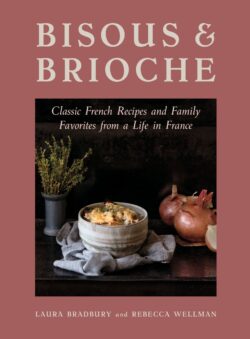 Here is a book that looks good, feels good and delivers the goods. It represents a fruitful collaboration between the author Laura Bradbury, who has one foot in Burgundy and the other in British Columbia, and the co-author and photographer Rebecca Wellman, with both of her feet in Victoria. They have evidently collaborated closely, bringing the pictures and the words together with compelling attraction, to produce this book, which first captures attention with its inviting glimpses of its subject and quickly beckons readers into the kitchen to try these tempting recipes for themselves.
Here is a book that looks good, feels good and delivers the goods. It represents a fruitful collaboration between the author Laura Bradbury, who has one foot in Burgundy and the other in British Columbia, and the co-author and photographer Rebecca Wellman, with both of her feet in Victoria. They have evidently collaborated closely, bringing the pictures and the words together with compelling attraction, to produce this book, which first captures attention with its inviting glimpses of its subject and quickly beckons readers into the kitchen to try these tempting recipes for themselves.
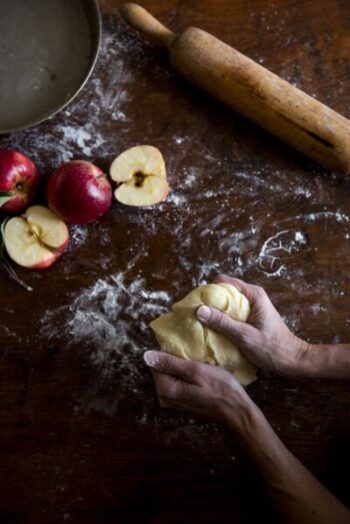
We had to check what the title implied, knowing that brioche was a tempting French culinary delicacy but unsure whether bisous licensed kissing in the kitchen — it did, so we can truly say that we loved the results. This is, of course, the key test; it’s no good showing us what some great cook can notionally produce unless we can be inspired and instructed into producing similar results for ourselves. So we gave this book a hard test-drive, taking some of the corners a bit fast, but staying the course and getting to the finishing line in a style that successively whetted and sated our appetites, both for old favourites and for intriguing novelties.
The book is divided into six sections and we can report on how we fared in our efforts to produce one item from each of them. ‘Inside the French Pantry’ was a useful preparation for the road that lay ahead. Here is a useful and unpretentious fund of practical advice on what you may need, and it prepares the cook with basic tools and skills alike. We brushed up on Pâte Sablée (p. 38), as a sweet pastry that would complement a variety of desserts and found that the simple steps, using simple ingredients, shaped up simply fine — with results much improved by the recommendation of letting our dough rest in the fridge (giving the cooks a similar breather).
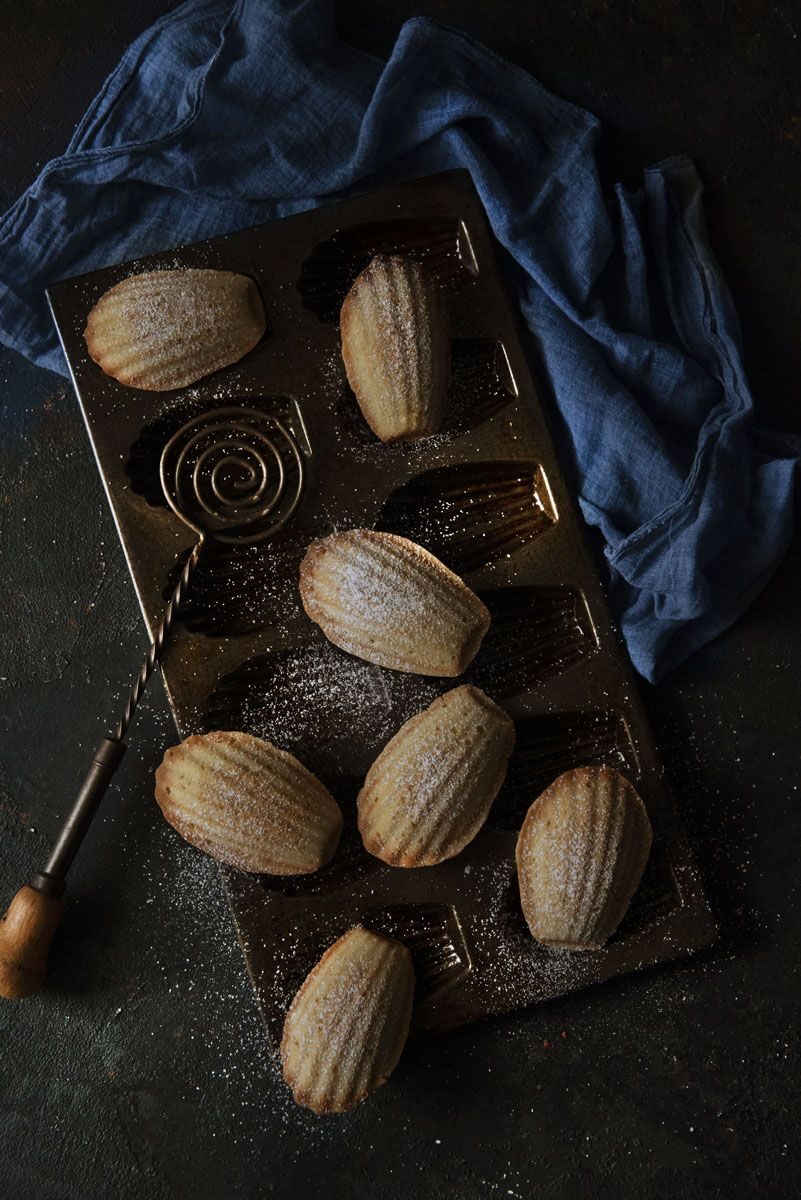
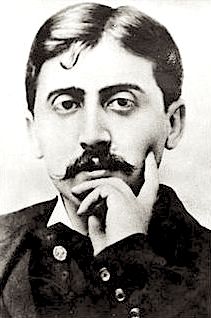
Still with a sweet tooth, Marie’s Lemon Madeleines stood out (p. 51) in the section called ‘Goûter’ — a temptation for a snack that we knew Marcel Proust had found irresistible. And our results here again showed how good simple ingredients and the well-timed intervention of a suitably hot oven can create its own mouth-watering results in short order — providing, again, that you allow room in the schedule for another rest in the refrigerator.
Now we were heading towards some serious sit-down eating, first in the section called ‘For Starters’; and since it was summer in British Columbia we found local sources for attempting the artichoke and asparagus tart (p. 81). Here the trick is to coordinate the preparation of the pastry with the cooking of the vegetable ingredients; but we were led through the process in a relaxed and confident way that inspired us to follow with high hopes, crossed fingers and final elation.
‘The Main Event’ is the title of the next and most substantial section. Here we realised that we had to provide solid and substantial fare as well as merely tickling the palate. Beef Bourguignon (p. 117) met the need in exemplary style, with its matching of hearty and solid ingredients with a slow cooking that gives no less than three hours to savour the aromas that advertise its progress. Don’t do this in a hurry — no fast food here, but a solid and succulent dish in which the beef falls away all the more satisfactorily in the presence of that second glass of Pinot Noir, handily left over from the cooking process itself.
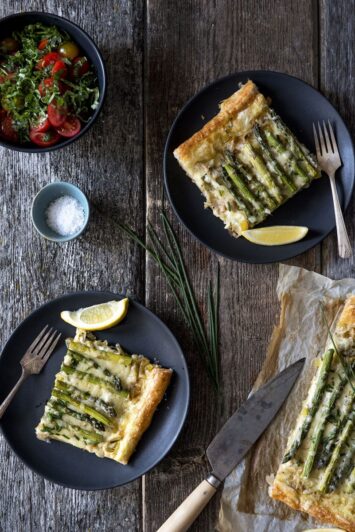
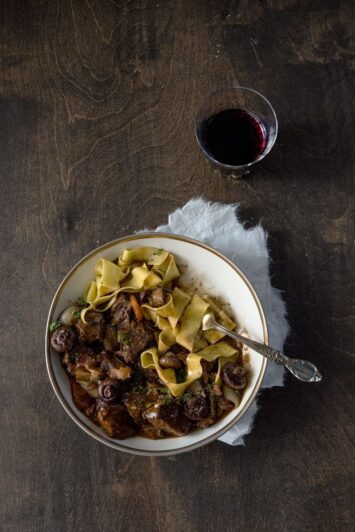
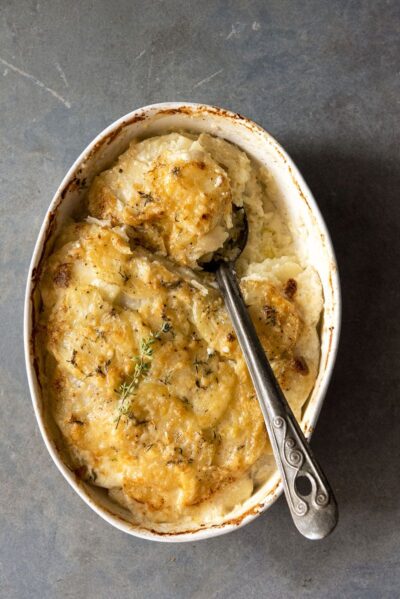
Then it was time, in the section ‘On the Side’, to explore matching up our solid main dish with suitable reinforcement. Gratin Dauphinois (p. 179) came to the rescue, as a complement to which we happily pay every compliment. What a mouth-watering dish this is — the apotheosis of the potato, prepared in the thin slices that only the careful use of a mandoline can produce (otherwise it will take off the skin on your fingers, as we duly discovered). The cream and garlic — and the tincture of nutmeg — also helped elevate our home-grown spuds to this level of delectation.
And finally, in a section well named ‘The Sweet Finish’, we tried Marie’s Lemon Tart. By now our pastry-making skills had been honed, and the preparation time on the Pâte Sablée sitting in the fridge came into its own, simply needing the judicious admixture of the luscious crème fraîche, set against the fresh tang of the squeezed lemons. Our Tour de France — or at least its first lap — was almost over as we sped to the finish line, guided and inspired by this fine book, which we are not going to kiss goodbye any time soon!
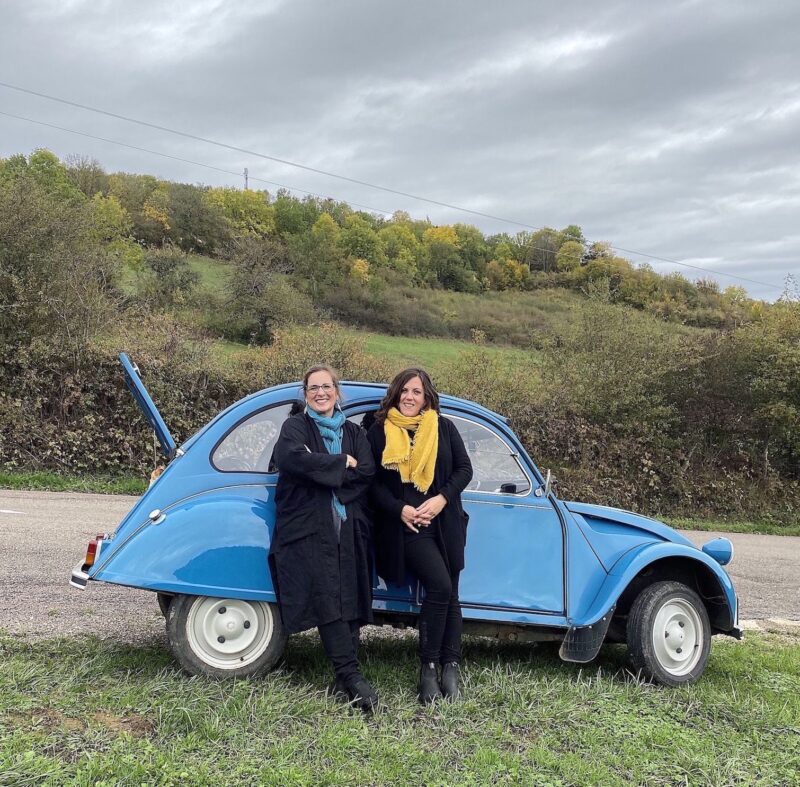
*

Peter Clarke was formerly a professor of modern history and Master of Trinity Hall at Cambridge University. He has been a contributor to the Times Literary Supplement, the London Review of Books and the Financial Times. His books include Mr Churchill’s Profession (2012), Keynes: The Twentieth Century’s Most Influential Economist (2009), The Last Thousand Days of the British Empire (2007), and the acclaimed final volume of the Penguin History of Britain, Hope and Glory, Britain 1900-2000 (2004). He lives with his wife, the Canadian writer Maria Tippett, in Cambridge, England, and Pender Island, British Columbia. Editor’s note: Peter Clarke has also reviewed a book by Allen Packwood in The Ormsby Review, and his book The Locomotive of War: Money, Empire, Power, and Guilt (Bloomsbury, 2017) was reviewed here by Stan Markotich.

Maria Tippett spent the formative years of her academic career as sessional lecturer at Simon Fraser University, the University of British Columbia, and the Emily Carr College of Art and Design. Following her year as Robarts professor of Canadian studies at York University (1986–7), she lectured in South America, Europe, and Asia and curated exhibitions. In 1991, she returned to academe, becoming a member of the Faculty of History at Cambridge University and a senior research fellow and tutor at Churchill College, also at Cambridge. Since her formal retirement in 2004, she has written five books, including Sculpture in Canada: A History (Douglas & McIntyre, 2017), reviewed here by Catherine Nutting. Among many awards, in 1980 Maria Tippett won the Sir John A. Macdonald Prize for her path-breaking Emily Carr: A Biography (Oxford University Press, 1979), which also won the Governor General’s Award for non-fiction. Editor’s note: Maria Tippett has also reviewed books by Kaija Pepper, Mary Fox, Ruth Abernethy, and Roger Boulet for The Ormsby Review, and she has also contributed a brief memoir, “HRH: A nodding acquaintance.”
*
The Ormsby Review. More Books. More Reviews. More Often.
Publisher and Editor: Richard Mackie
The Ormsby Review is a journal service for in-depth coverage of B.C. books and authors. The Advisory Board consists of Jean Barman, Wade Davis, Robin Fisher, Cole Harris, Hugh Johnston, Kathy Mezei, Patricia Roy, Maria Tippett, and Graeme Wynn. Scholarly Patron: SFU Graduate Liberal Studies. Honorary Patron: Yosef Wosk. Provincial Government Patron since September 2018: Creative BC
“Only connect.” – E.M. Forster
3 comments on “1219 Burgundy to British Columbia”